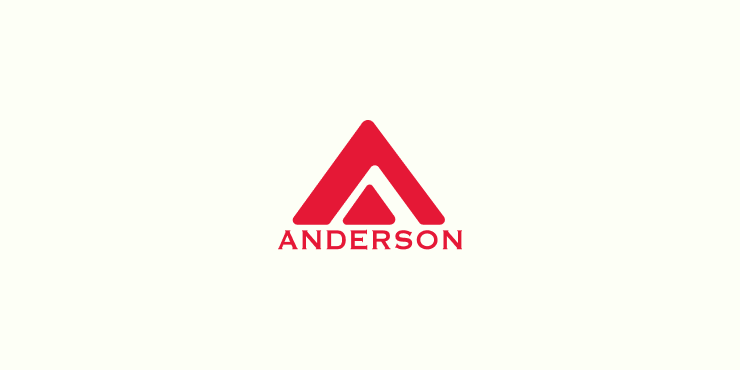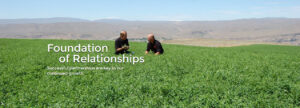There is no question that high quality forage generates greater paid premiums for alfalfa hay growers. Superior quality alfalfa hay fed to livestock also promotes maximum returns in milk and meat production. Alfalfa hay quality is directly correlated to age and maturity of a field at harvest because nutrient composition quality declines as the forage matures. Total tonnage yields are highest when hay is fully matured; however, nutritional value and digestibility decrease as the leaf-to-stem ratio increases with plant growth. Crude protein (CP) levels decrease as alfalfa ages, while fibrous components such as neutral and acid detergent fibers increase (Figure 1).

To produce milk, dairy cows must consume large quantities of feed to meet energy requirements. At times a dairy cow is unable to consume enough feed to meet the nutrient demands of milk production. This is especially true early in lactation when demands are highest. The rumen can only hold so much feed before it becomes full. Since the lactating dairy cow cannot physically eat enough feed to meet the requirements for milk production early in the lactation curve, she begins mobilizing body fat to meet her energy requirements. Therefore, it is very important to provide the highest quality feedstuffs during this period of negative energy balance to minimize potential problems that may be associated with the loss of body fat stores.
Alfalfa hay quality affects milk production (Figure 2). As alfalfa hay maturity increases and nutrient quality decreases, milk production decreases. Conversely, feeding high quality alfalfa hay supports higher milk production. High quality alfalfa hay contains less neutral detergent fiber that is more digestible. This allows for greater dry matter intake, supporting higher milk production. In addition, early-harvest alfalfa has lower concentrations of fermentable fiber that is utilized quickly and subsequently passes through the rumen faster than other grass forages with higher levels of fermentable fiber. Faster ruminal passage rates may also allow the cow to consume more dry matter.

A high producing dairy cow can be fed concentrates to boost the energy content of her diet. However, too much grain in the daily ration may adversely affect rumen health and potentially decrease milk fat composition. This is an undesirable outcome since milk fat composition affects a dairy producer’s bottom line. Fortunately, another advantage to feeding high quality alfalfa hay is that it provides the necessary fiber to support milk fat production.
References
Undersander, D. Does forage quality pay? University of Wisconsin Cooperative Extension. http://www.uwex.edu/ces/forage/pubs/economic_impact_of_forage_quality.htm
http://www.extension.org/pages/26278/in-vivo-digestibility-of-forages


